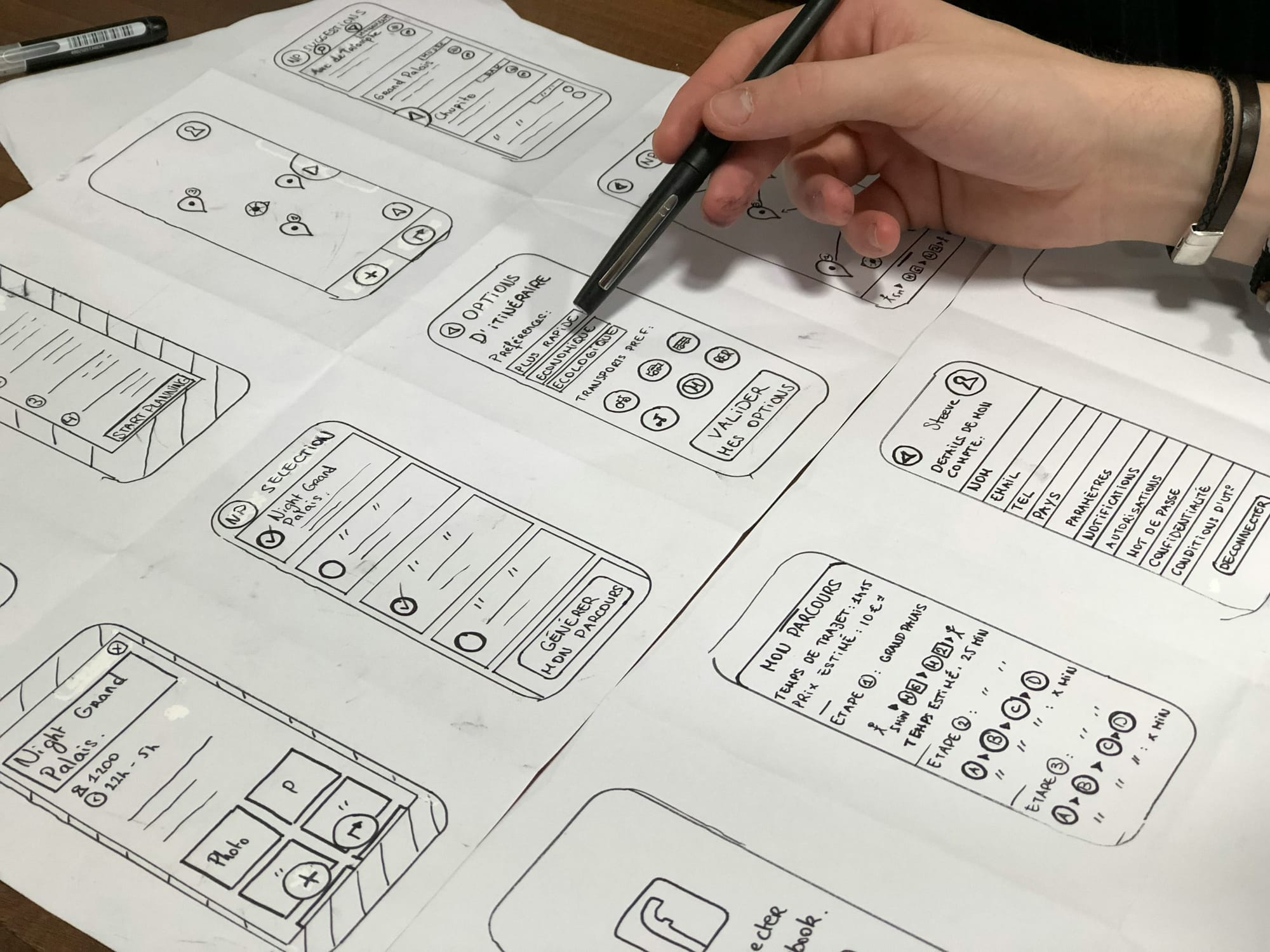The Art of PRD - The Ultimate Blueprint to Building Products

What is a PRD?
A Product Requirements Document (PRD) is a comprehensive document that defines the purpose, features, and requirements of a product or software application that is being developed. It serves as a blueprint for the entire product development process, ensuring that all stakeholders, including the product team, developers, designers, and business executives, are aligned on the product's goals, scope, and specifications.
How is PRD important in Product Development?
The PRD plays a crucial role in product development, and its importance cannot be overstated. Here are some key reasons why a well-crafted PRD is essential:
Design and Development Guidance: The PRD serves as a reference document for the design and development teams, providing them with a clear understanding of the product's requirements, user experience considerations, and technical specifications. This guidance helps ensure that the product is built according to the defined specifications and meets the users' needs.
Scope Management: The PRD clearly defines the scope of the product, including the features and requirements that will be included in the initial release and those that may be deferred to future releases. This scope management helps prevent scope creep and keeps the development team focused on delivering the most critical features first.
Requirements Gathering and Prioritization: The process of creating a PRD involves gathering and documenting requirements from various sources, such as user research, market analysis, and stakeholder input. This helps ensure that the product being developed addresses the real needs and pain points of the target users and aligns with the business objectives.
Alignment and Shared Understanding: The PRD ensures that all stakeholders, including the product team, developers, designers, and business executives, have a shared understanding of the product's goals, requirements, and constraints. This alignment is critical for avoiding misunderstandings, miscommunications, and rework later in the development process.
Stakeholder Communication and Buy-in: The PRD is a valuable communication tool that can be shared with stakeholders, including executives, investors, and partners. It helps gain buy-in and support for the product by demonstrating a well-thought-out plan and a clear understanding of the market and user needs.
Documentation and Knowledge Transfer: The PRD serves as a comprehensive documentation of the product's requirements, design, and architecture. This documentation can be invaluable for onboarding new team members, facilitating knowledge transfer, and ensuring continuity in the product development process.

What's in a PRD?
The PRD typically includes the following sections
Summary/Background/Context/Information: A high-level overview of the product, its objectives, and its target audience.
Product Overview: A detailed description of the product, its purpose, and its unique value proposition.
User Personas and User Stories: Profiles of the target users and their needs, goals, and pain points, along with user stories that capture the desired functionality from the users' perspectives.
Features and Requirements: A comprehensive list of the features and functional requirements that the product should have, including acceptance criteria and prioritization.
Non-functional Requirements: Requirements related to performance, scalability, security, accessibility, and other non-functional aspects of the product.
Competitive Analysis: An overview of competing products in the market and how the proposed product differentiates itself.
User Experience (UX) Design: Wireframes, mockups, and other design elements that define the user interface and interaction flow.
Technical Architecture: An overview of the technology stack, platforms, and architectural decisions that will be used to develop the product.
Risks and Mitigation Strategies: Potential risks associated with product development and strategies to mitigate or manage those risks.
Roadmap and Release Plan: A high-level timeline and plan for the development and release of the product, including milestones and key deliverables.
Metrics and KPIs: Key performance indicators and metrics that will be used to measure the success and adoption of the product. Clearly outlining the metrics and KPIs upfront allows the team to align on how success will be measured and tracked. It also helps define the instrumentation and data collection requirements needed to capture these metrics during development and after launch.
Open Questions: A list of open questions, assumptions, or areas that require further research, discussion, or validation during the PRD development process.
Pitfalls to avoid while writing a PRD
Lack of User Research and Validation: Failing to conduct proper user research and validate assumptions about user needs and pain points can lead to developing a product that doesn't resonate with the target audience.
Ambiguous or Incomplete Requirements: Poorly defined or incomplete requirements can result in misunderstandings, rework, and scope creep during development.
Unrealistic Scope or Timelines: Setting unrealistic expectations for the product's scope or development timelines can lead to missed deadlines, compromised quality, and team burnout.
Insufficient Stakeholder Involvement: Lack of involvement and buy-in from key stakeholders, such as executives, subject matter experts, and end-users, can result in misaligned priorities and resistance to the product's adoption.
Neglecting Non-functional Requirements: Failing to address non-functional requirements, such as performance, scalability, security, and accessibility, can lead to technical debt and potentially costly rework later in the development cycle.
Overlooking Competitive Analysis: Not conducting a thorough analysis of competing products and market trends can result in developing a product that lacks differentiation or fails to address emerging customer needs.
Lack of Prioritization: Not prioritizing features and requirements based on their importance and impact can lead to inefficient use of resources and potentially delivering a product that doesn't meet the most critical user needs.
If Nothing else, Remember this
- PRD is the single source of truth for the product vision and requirements
- Keep it simple, clear, and concise - avoid ambiguity and jargon
- Focus on the "why" behind the requirements, not just the "what"
- Validate assumptions and requirements with real users and stakeholders
- Prioritize features based on business impact and user value
- Design for flexibility and future extensibility
Thanks for reading, hope that you find this content valuable!! Please do share this with your friends & colleagues and subscribe to our weekly posts.
